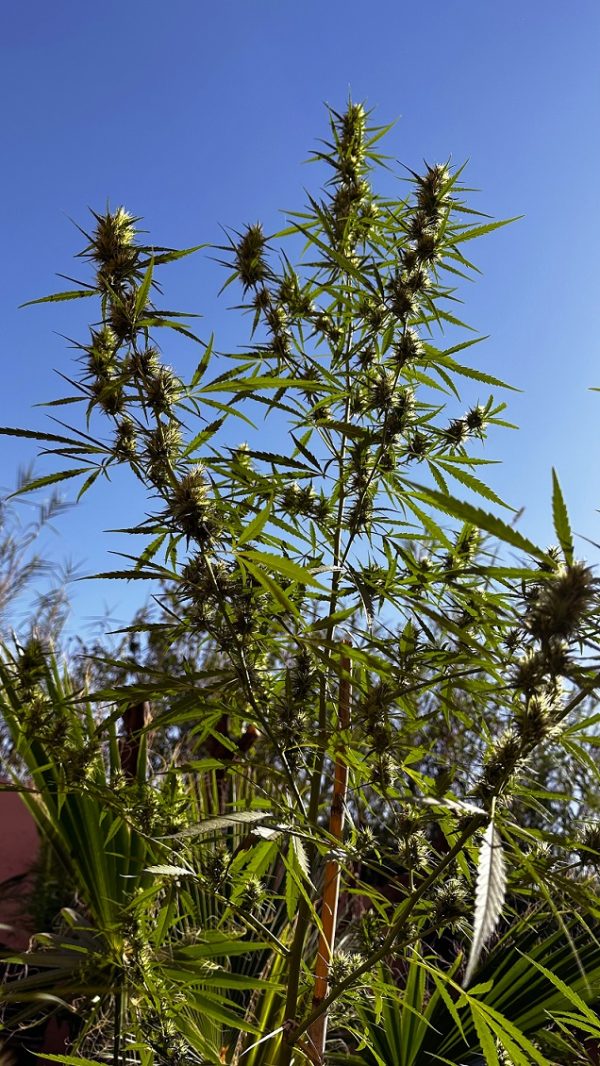Inbred Lines: The Unsung Heroes of Cannabis Genetics
In the flashy world of cannabis breeding, with its ever-increasing array of hybrid strains boasting sky-high THC percentages and exotic terpene profiles, it’s easy to overlook the foundation upon which it all rests: inbred lines (IBLs). These unsung heroes may not be the stars of the show, but they play a vital role in breeding stability and unlocking a strain’s true potential.
What Makes an Inbred Line?
Imagine a cannabis plant with exceptional flower quality or a unique resistance to a specific disease. Breeders can use a technique called inbreeding to “lock in” these desirable traits. Inbreeding involves self-pollination, where a single plant pollinates its own flowers over several generations (typically 6-8). With each generation, the offspring become more genetically similar (homozygous) as they inherit identical sets of genes from the parent. This process results in a stable and predictable plant, consistently expressing the desired characteristics.
The Power of Stability
Think of an IBL as a blank canvas for breeders. Their genetic uniformity allows breeders to:
- Preserve Traits: By eliminating genetic variation, IBLs ensure the consistent expression of the chosen characteristics, be it potency, terpene profile, or resistance to pests.
- Predict Offspring: When breeding with an IBL, breeders have a clearer idea of what to expect from the offspring, allowing for more targeted strain development.
- Create F1 Hybrids: IBLs are the building blocks for creating potent and uniform F1 hybrids. By crossing two stable IBLs, breeders can leverage hybrid vigor to produce offspring that excel in yield, potency, and disease resistance.
IBLs and the Craft of Breeding
While IBLs themselves might not be the most commercially viable products, their role in breeding is undeniable. For breeders and seed companies, a well-developed library of IBLs serves as a valuable resource for creating novel and consistent strains. These IBLs can be meticulously crossed and re-crossed to achieve specific goals, ultimately leading to a wider variety of high-quality cannabis for consumers.
The Future of IBLs
As cannabis research and breeding techniques continue to evolve, IBLs will remain a cornerstone of strain development. Their ability to preserve valuable traits and provide a foundation for consistent hybrid creation ensures their continued importance in the ever-expanding world of cannabis genetics.
Beyond Commercial Breeding
The benefits of IBLs extend beyond commercial production. For home growers seeking stability and predictable results, IBLs can be a reliable choice. Knowing exactly what to expect from a plant, from growth patterns to final product characteristics, allows for a more controlled cultivation experience.
So, the next time you encounter a strain boasting exceptional qualities, remember the silent heroes behind the scenes – the IBLs that provided the genetic foundation for its creation. They may not be the stars of the show, but they play a critical role in the ongoing evolution of cannabis genetics.

